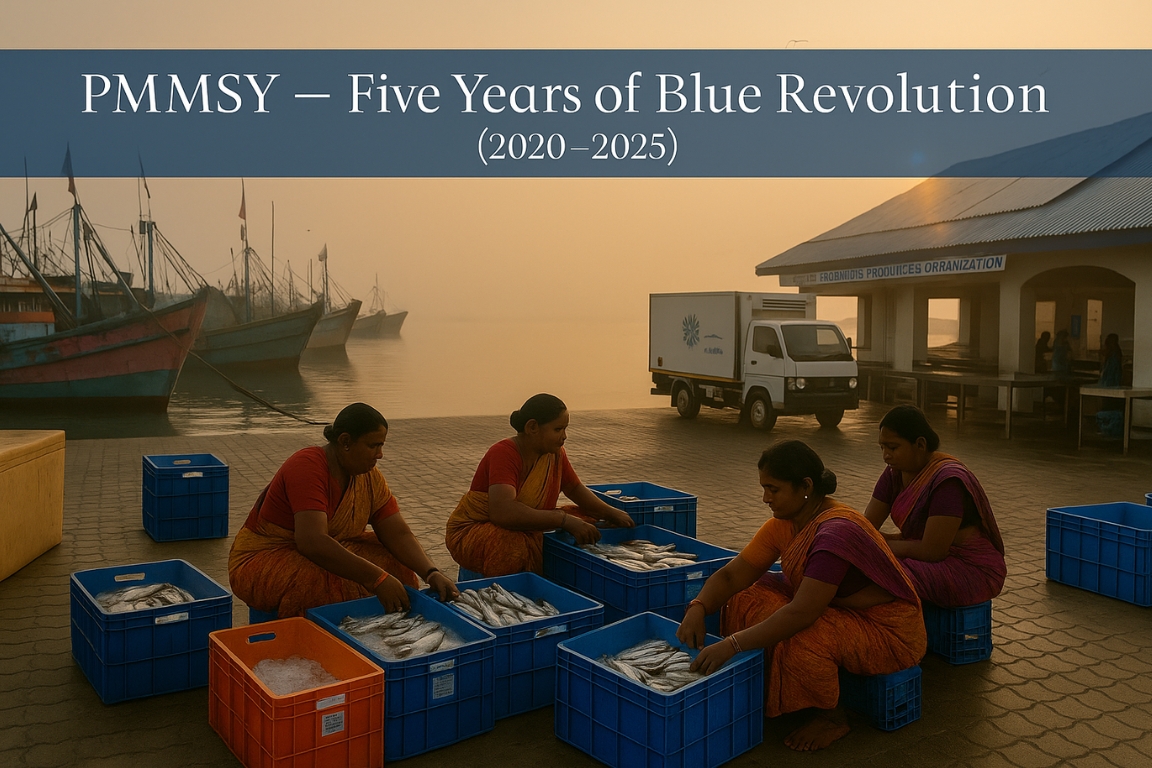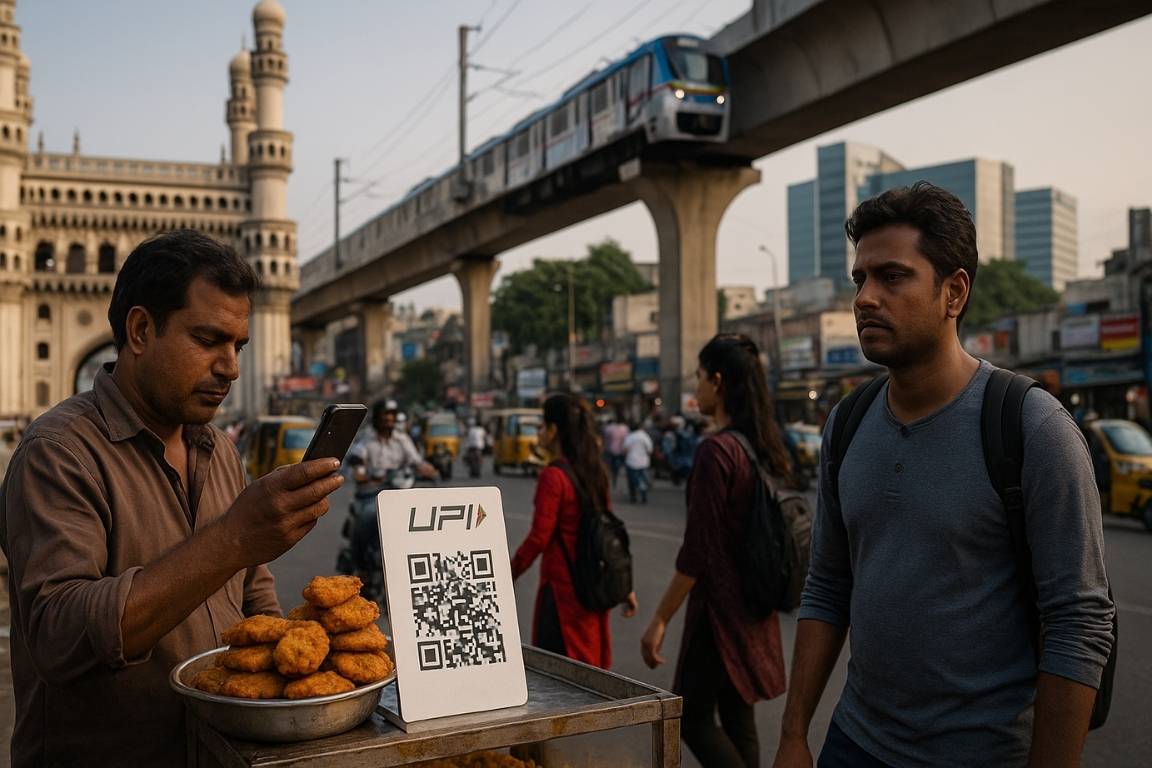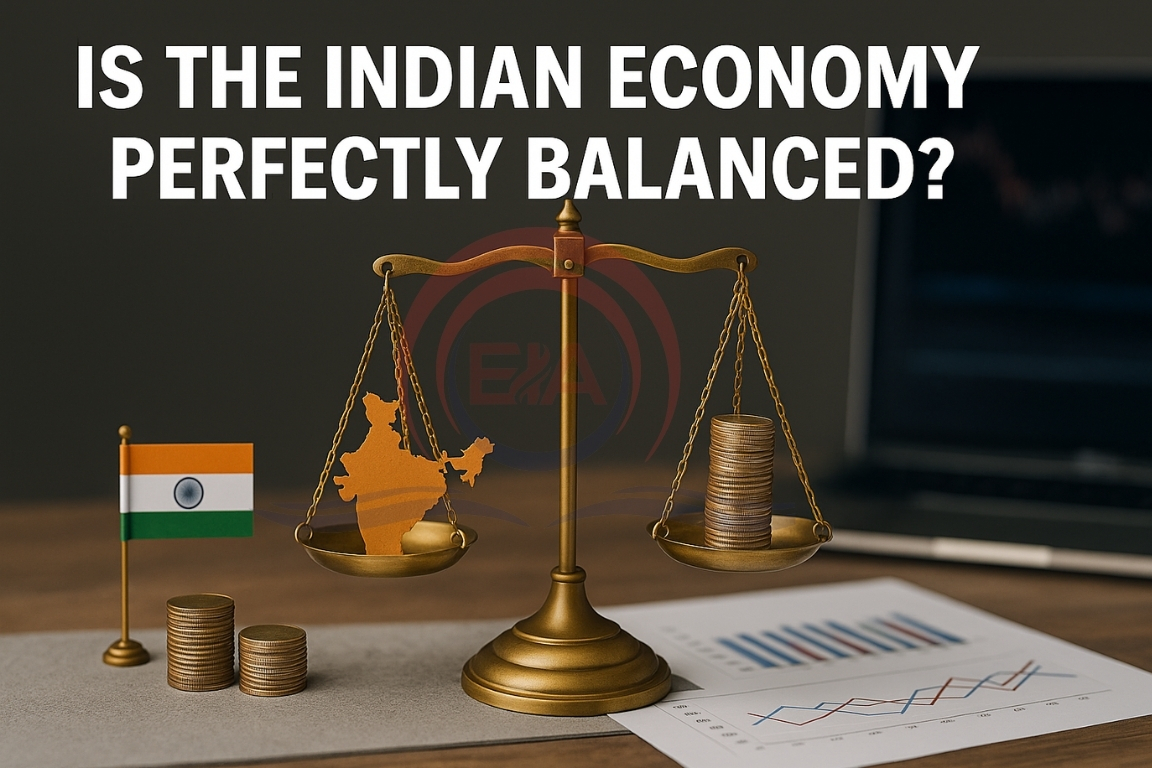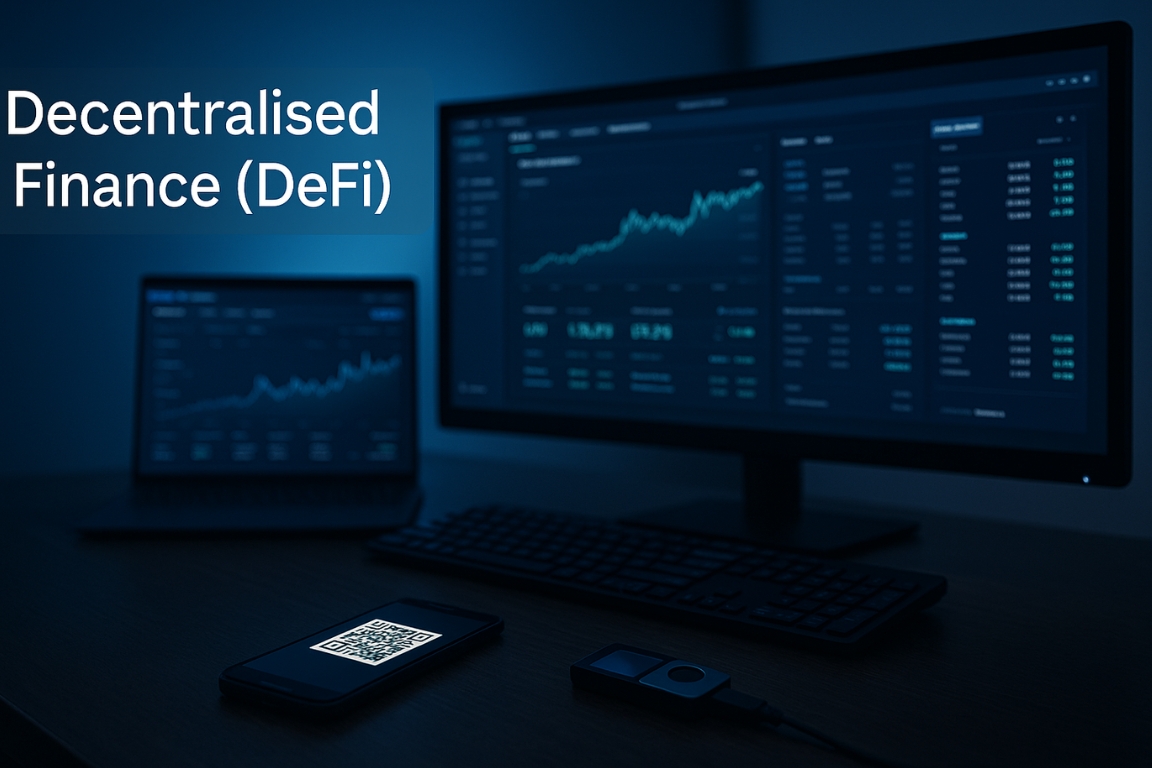The Pradhan Mantri Matsya Sampada Yojana (PMMSY) has completed five years since its launch in 2020.
Background
- The Blue Revolution (2015) was started to improve fish production and modernize the fisheries value chain.
- It achieved progress in productivity and infrastructure but left gaps in post-harvest handling, traceability, welfare, and market access.
- To overcome these, the government launched PMMSY in 2020, adopting a more integrated and comprehensive strategy.
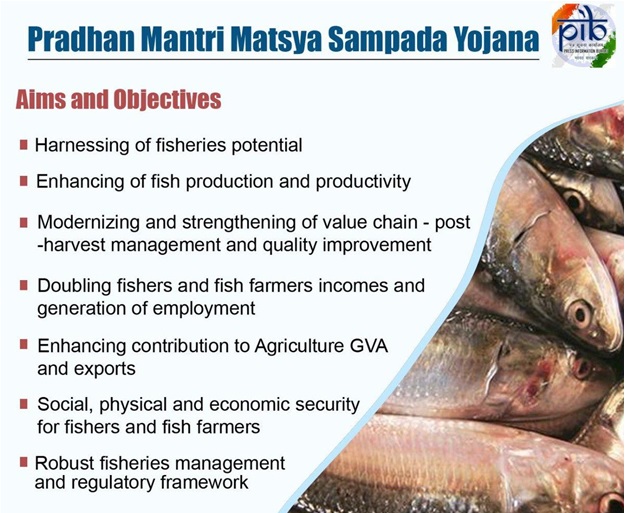
About PMMSY
- Announced in the Union Budget 2019–20 and formally launched in September 2020.
- Objective: Drive a new Blue Revolution with a focus on sustainability, technology, and welfare.
- Focus Areas:
- Increase production and productivity.
- Promote sustainable use of resources.
- Strengthen the fisheries value chain with better storage, transport, and quality control.
- Improve incomes of fishers and create employment opportunities.
- Boost contribution to Agriculture GVA and exports.
- Provide social and economic security to fishers and fish farmers.
Key Achievements in 5 Years
- Fish Production: Increased to 195 lakh tonnes in 2024–25 (up from 141.64 lakh tonnes in 2019–20).
- Global Standing: India became the 2nd largest fish producer in the world, contributing ~8% of global output.
- Exports: Grew from ₹46,662 crore (2019–20) to ₹60,525 crore (2023–24).
- Employment: Generated about 58 lakh livelihoods in the sector.
- Women Empowerment: Provided up to 60% subsidy (₹1.5 crore per project) under beneficiary-oriented activities, empowering 99,000+ women.
- Climate-smart practices: Promoted eco-friendly aquaculture and sustainable fisheries management.
Challenges
- Climate Change: Rising sea temperatures and extreme weather threaten coastal ecosystems.
- Infrastructure Gaps: Cold storage and transport remain insufficient, especially in remote areas.
- Overfishing & Resource Stress: Excessive exploitation risks long-term sustainability.
- Limited Awareness: Many small fishers are still outside formal government schemes.
Conclusion:
The scheme has turned fisheries into a growth engine of the rural economy, making it a key driver of India’s “Blue Economy” vision.


